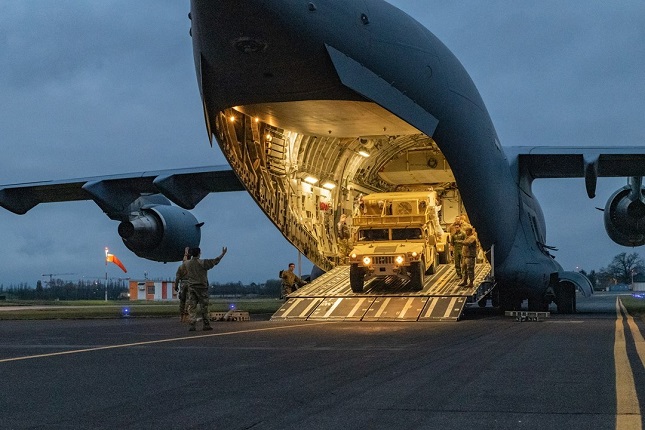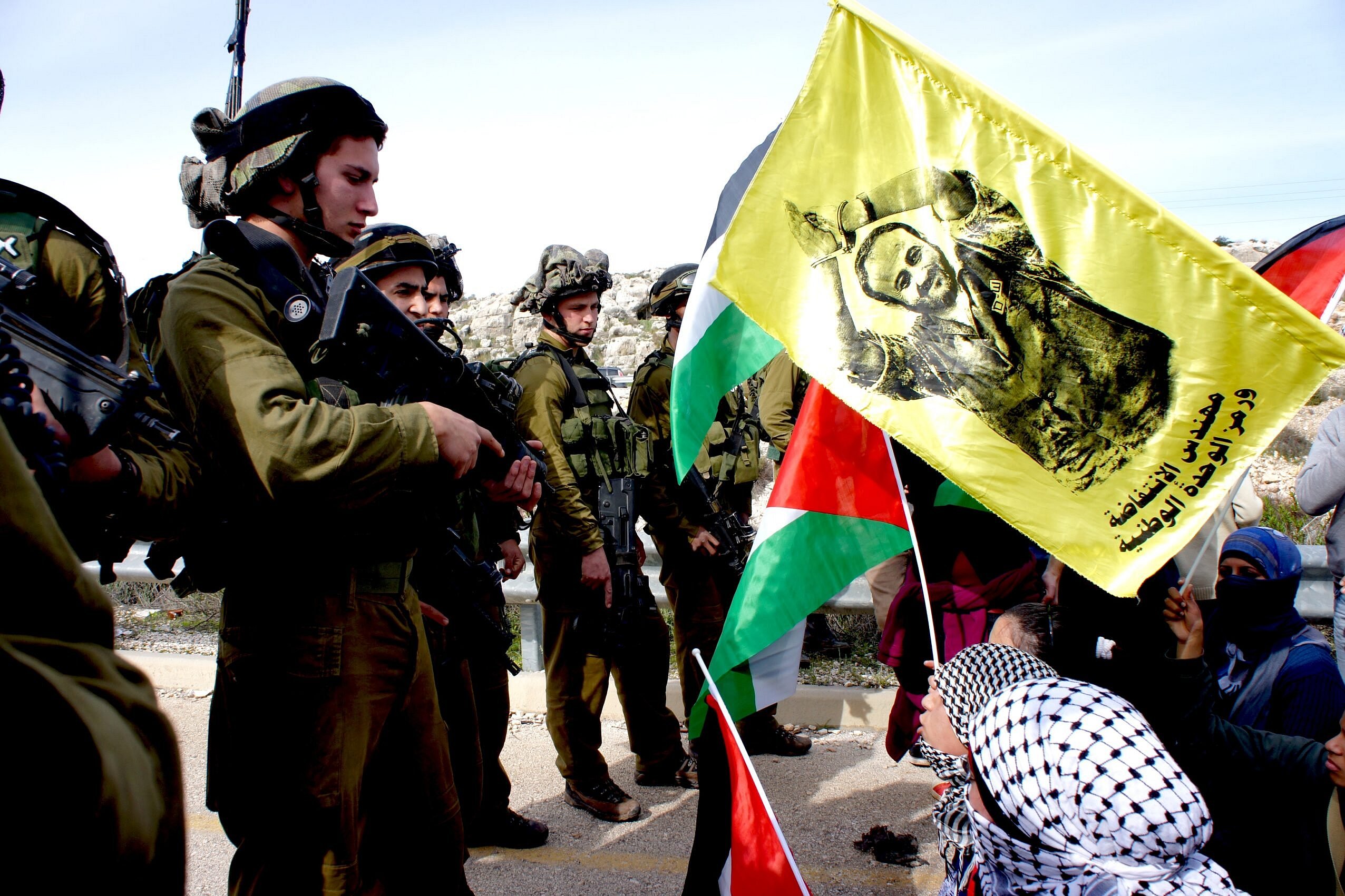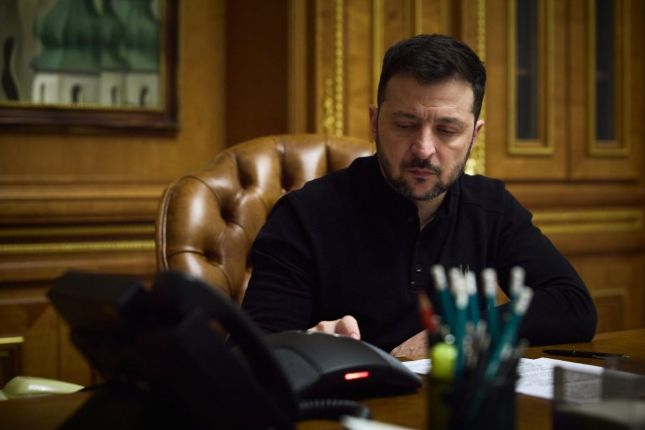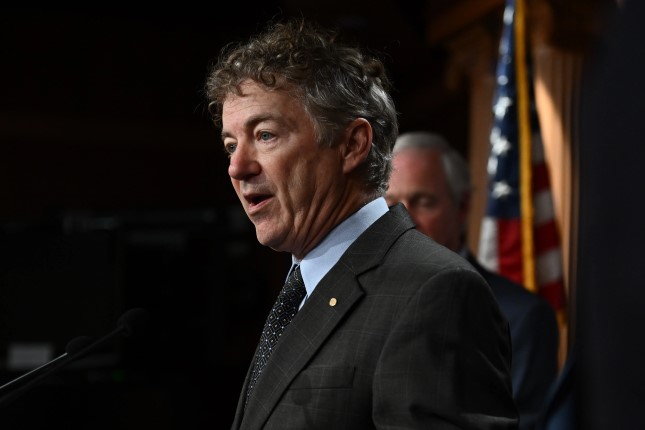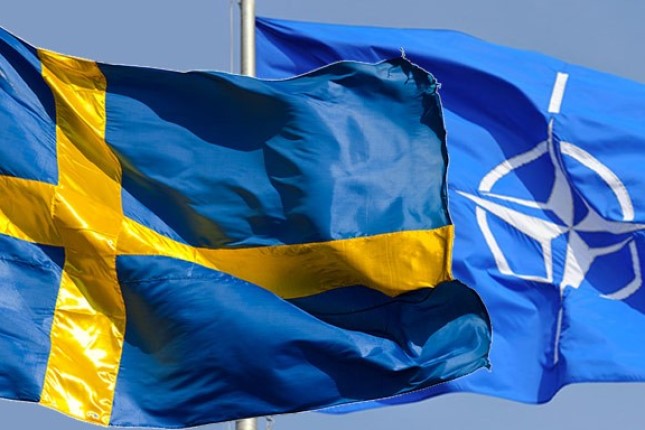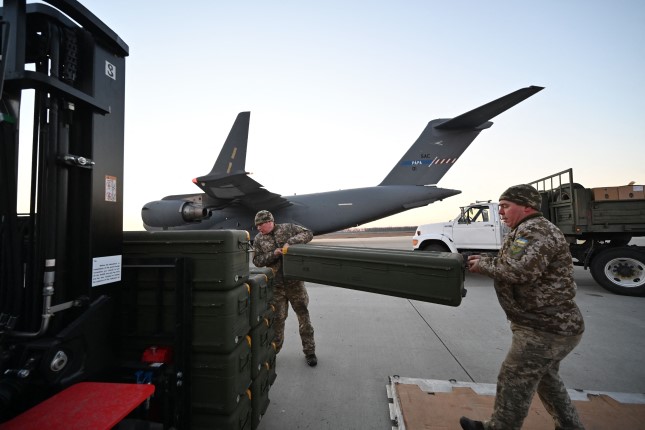Germany is sending a record number of 13 military aircraft to join Exercise Pitch Black 2022, a biennial three week multi-national large force employment exercise hosted by Australia that starts on August 19 and lasts through September 9, marking Berlin's largest peacetime air force deployment.
Berlin has claimed that the deployment and participation in the Australia-hosted drills do not aim to send a threatening message to China, but to send a signal to Germany's partners. Although they opted not to take any sensitive routes and passage via the South China Sea and Taiwan Straits, observers warned that Germany is pushing forward its militarization agenda while adding a security sphere to its previous version of the "Indo-Pacific" strategy, behind which is the US malicious encouragement.
According to the Australian government website, Exercise Pitch Black features a range of realistic, simulated threats which can be found in a modern battle-space environment and is an opportunity to test and improve force integration, utilizing one of the largest training airspace areas in the world - Bradshaw Field Training Area and Delamere Air Weapons Range.
The exercise will be conducted primarily from the Royal Australian Air Force (RAAF) Base Darwin and RAAF Base Tindal in the Northern Territory. RAAF Base Amberley, located near Ipswich in Queensland will also be included in the exercise this year.
Up to 2,500 personnel and 100 aircraft from countries such as Australia, France, Indonesia, the US and the UK will participate in the drills. And it is worth noting that Germany, Japan and South Korea will be participating fully for the first time this year.
According to Reuters, six Eurofighter jets, three A330 tankers and four German A400M transporters will join in Pitch Black, which the report said is "underlining Berlin's increased focus on the Indo-Pacific."
German air force chief Ingo Gerhartz, when asked whether the war planes will pass the South China Sea and the Taiwan Straits, said that the aircraft would use civilian air traffic routes and that no passage of the Taiwan Strait was planned.
Gerhartz said that, with the deployment, he was aiming to send a signal to Germany's partners rather than China."I don't think we are sending any threatening message toward China by flying to an exercise in Australia," Reuters reported.
Cui Hongjian, director of the Department of European Studies at the China Institute of International Studies, held caution over such narrative, which will be seen as difficult to match Berlin's actual moves and the consequences that come after.
Cui told the Global Times that although claiming to take a neutral stance while stressing peace and stability, Germany's moves in the region showed a bias favoring the US-led West, which would in fact bring about destabilizing factors to the region. Compared to Europe where Berlin's militarization is limited by the current NATO framework, the Asia-Pacific region has been viewed by Berlin as a freer space to push its military agenda, or at least show its determination to ramp up such efforts, Cui noted.
However, once Germany is dragged into the US' anti-China game, the country would face further divisions at home, and going against Russia and China - two countries that offer Berlin the most practical benefits, would bring disastrous results to the country, Cui warned.
Chinese military expert Song Zhongping said Germany is also playing a balancing game between the US and China as the country's main focus remains in Europe where its national security interest lies. The largest peacetime air force deployment is merely symbolic.
Wei Dongxu, a Beijing-based military expert, told the Global Times that the current governments of Japan and South Korea show enthusiasm toward the US so-called "Indo-Pacific" strategy, and their full participation in Australian drills would signal that US alliances such as Japan might use Australia as a military foothold to coordinate with US military arrangements in the South China Sea and Indian Ocean.
Photo: A contingency of American soldiers bringing military equipment to support NATO allies in Eastern Europe arrive in Germany on February 6, 2022 © VCG.
Source: The Global Times.
